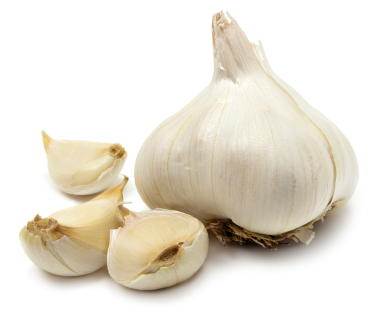
by admin | Jan 26, 2015 | Natural Facts
Five key nutrients for preventing and treating cataracts and macular degeneration Nutritional factors play a key role in the prevention and treatment of cataracts and macular degeneration. A diet high in richly colored fruits and vegetables—as well as targeted...

by admin | Jan 25, 2015 | Natural Facts
This unheralded protein plays a key role in keeping us together—literally The most abundant protein in the human body, collagen is also the main component of connective tissue such as tendons, ligaments, cartilage, bone, and blood vessels. As we age, the collagen-rich...

by admin | Jan 24, 2015 | Most Recent
Despite what you may have heard, overcoming food cravings has nothing to do with willpower Oxygen, food, and water are the three main things we need to stay alive. If we’re deprived of any of them for a significant period (not very long, when it comes to oxygen), the...

by admin | Jan 23, 2015 | Natural Facts
Natural ways to silence the ringing, roaring, and hissing of tinnitus Millions of Americans suffer from tinnitus, a condition more descriptively known as “ringing in the ears.” People with severe tinnitus may have trouble hearing, working, or even sleeping. Causes...

by admin | Jan 22, 2015 | Most Recent
Natural ways to keep blood vessels clear One of the primary causes of heart attacks and strokes, atherosclerosis is the hardening of artery walls due to a buildup of plaque. Normally your arteries are very flexible, like a rubber tube, but plaque causes them to become...








